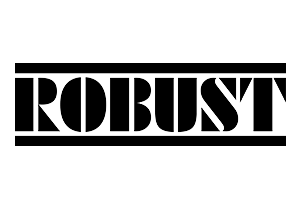Woodturning Back to Basics #6
Since I get a lot of questions about turning green wood, today’s Back to Basics is about turning a green Madrone bowl.
First of all: if you buy green wood and can’t get to it right away, you can store it in a mixture of dishwashing soap and water to keep it wet while also preventing rot. When you’re done, remember to put the bowl in a bag with the shavings or seal up the wood in some other way to control the drying time of the wood. If it dries too quickly, it may crack — and then all of your work is out the window
I’m also trying out a new bowl gouge in this video from Doug Thompson at Thompson Tools. The grind is a little different from what I’m used to, so there’s some trial and error involved. As with any woodworking tool, start slow, be cautious, and build your skills until you gain some confidence and experience. It will come more quickly than you think.
One of the most fun parts of turning green wood is the big, curly shavings produced. Since the wood is still wet, you get long looping curls of wet wood and relatively little dust. It’s a fun experience.
Look at those curls go!
Once I’ve shaped the outside of the bowl, I turn a tenon on the end. Make the tenon larger than you would on a dried piece of wood, as the chuck will compress it more than you expect. I start out with tailstock support just to be safe, but once I’m sure the outside is trued up, I can pull it away. You should also keep an eye on your chuck and re-tighten it from time to time.
If you do a lot of bowl turning, look into getting a corer. This tool will remove most of the interior wood and keep you from creating so much wasted wood.
If you want a thick bowl, drying is critical. However, if you want a thinner bowl, you can thin out the sides to just over 1/8” and it should dry that way without issue. Mine warped a little bit, but it didn’t crack!









